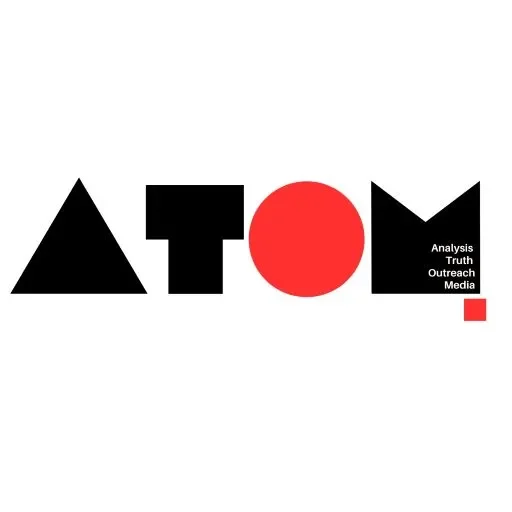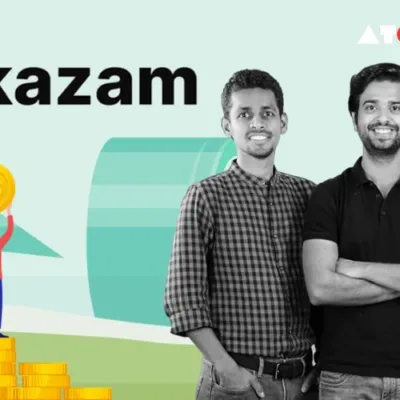Despite recent investment roadblocks, Saudi Aramco, the world’s largest oil producer, remains bullish on India’s energy future and continues to explore opportunities in the country’s downstream sector. This strategic interest highlights India’s growing energy demand and its potential as a key market for future investments.
Aramco’s India Ambitions
Fahad Al Dhubaib, senior vice president of strategy and market analysis at Saudi Aramco, recently reiterated the company’s commitment to India, stating, “India will be a key market and the ..” This aligns with Aramco’s past attempts to gain a foothold in the Indian market, including:
- Failed Reliance Deal: In 2019, Aramco’s proposed $15 billion acquisition of a 20% stake in Reliance Industries’ oil-to-chemicals business fell through due to disagreements over valuation and governance.
- Ratnagiri Refinery Project: A joint venture between Aramco and Indian state-owned oil companies for a planned refinery in Maharashtra remains in the works but faces delays and regulatory hurdles.
Driving Factors
Despite these setbacks, Aramco’s continued interest in India can be attributed to several factors:
- Rising Energy Demand: India’s energy demand is expected to grow significantly in the coming decades, driven by its large and expanding population and economic development. This presents a lucrative opportunity for oil and gas producers like Aramco.
- Downstream Focus: While the future of oil demand might be debated, Aramco recognizes the importance of diversifying its downstream operations beyond crude oil production. India’s growing refining capacity and petrochemical industry offer potential avenues for investment and collaboration.
- Strategic Partnership: India and Saudi Arabia share a strong strategic partnership, and Aramco’s presence in the Indian market could further strengthen these ties.
Challenges and Opportunities
While the Indian market holds immense potential, Aramco faces several challenges:
- Competition: Other global oil majors and domestic players are also vying for a share of the Indian market, increasing competition.
- Regulatory Environment: Navigating India’s complex regulatory environment can be challenging for foreign investors.
- Project Viability: Ensuring the economic viability of large-scale projects like the Ratnagiri refinery is crucial for long-term success.
Looking Ahead
Despite the challenges, Aramco’s continued interest in India signifies its belief in the country’s long-term growth potential. To navigate the complex landscape and succeed in the Indian market, Aramco may need to:
Focus on Niche Opportunities
Targeting specific segments within the downstream sector, such as specialty chemicals or joint ventures with established players, could be more fruitful than large-scale acquisitions.
Embrace Innovation
Partnering with Indian companies to develop innovative solutions for cleaner fuels and alternative energy sources could enhance Aramco’s long-term sustainability and appeal in the Indian market.
Demonstrate Flexibility
Adapting to the evolving regulatory environment and demonstrating a commitment to social responsibility will be crucial for building trust and securing long-term partnerships.
By strategically navigating the challenges and capitalizing on the opportunities, Saudi Aramco can establish a strong foothold in the Indian downstream market and contribute to the country’s energy security and economic growth.
Read more.. Marketing News, Advertising News, PR and Finance News, Digital News.





